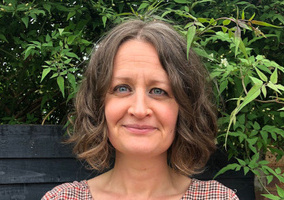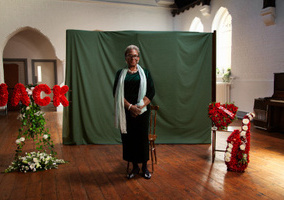WaterAid has predicted that its legacy income will double to more than £20m a year by 2030, reaching around £74m by 2050.
In an interview for the latest issue of Fundraising Magazine, published by Civil Society Media, Dominique Abranson, legacy and in-memory lead at WaterAid, said that legacies are one of the international charity’s “fastest growing income areas”.
In 2012, the charity’s legacy income stood at about £2.2m. It currently accounts for 10% of its global income and could bring around £10.6m this year alone, which represents a 22% increase in the last 12 months.
Abranson said: “We’ve got our largest pipeline ever at the moment of about £15m in gifts that we know we’re about to receive but are going through the administration process.
“Over the last five years, legacy income has grown on average around 13.9% and notifications have probably been growing about 6.2%. We are also seeing faster growth in residual gifts, which are obviously the share of estates and generally are of larger values.”
WaterAid is the fifth fastest growing charity when it comes to legacy income, according to the Legacy Foresight consortium group.
“If you increase legacy consideration, it has a halo effect on all other fundraising channels, because if you’re adding a charity to your will, you are signalling that it is a cause that you really care about. So, it’s not siloed; it’s part of the wider strategy to build engagement and activation with the UK public,” Abranson said.
Challenges and opportunities
Abranson admitted that the surge in the cost of living, which has forced many people to cut back on discretionary spending to manage their own bills and affected donations to charities, may also have a big impact on legacies.
However, she argued that the Covid-19 pandemic has also shown that during “tough times, people can still be incredibly generous”.
She also said it is becoming increasing difficult for charities to stand out in a “crowded marketplace”. It is crucial that they develop “compelling legacy propositions” and resonate with a large number of individuals.
Abranson said: “We are heading into the biggest intergenerational wealth transfer ever seen, with a group of people who are more open to the idea of including charitable gifts in their wills.
“There’s never been a bigger opportunity to engage people in transformation conversations of what their legacy can create, and to raise awareness of legacy giving.”
The full interview with Dominique Abranson in is published in the May issue of Fundraising Magazine.












